World News – 2024 – Video Playlist | Video Playlists | Sites: | newsandtimes.org | links-newsandtimes.com | worldwebtimes.com | southcaucasusnews.com | russianworld.net | jossica.com | octobersurprise2016.org | bklyntimes.com | oceanavenuenews.com | fbireform.com | bloggersunite.net | octobersurprise-2024.org | Trump-News.org | Audio-Posts.com | Bklyn-NY.com | Posts Review – newsandtimes.org
The controversial Arrow Linen rezoning, which would see the development of two 13-story apartment buildings on a currently low-rise Park Slope site, was the subject of yet another heated public hearing earlier this month — this time at the City Council.
Sixty-eight people testified in front of the Subcommittee on Zoning and Franchises on Jan. 9 — 35 against the proposal for 467 Prospect Avenue and 33 in support. One thing was clear from the majority of the speakers for and against, including Council Member Shahana Hanif: Affordable housing in the area is of paramount importance.
“Over the past few months, Windsor Terrace residents have voiced their concerns very loud and clear during many hearings hosted by the community board, the borough president and the City Planning Commission, they’ve consistently highlighted the urgent need for affordability and raised concerns about the proposed height,” Hanif said.
“The depth of affordability is a top concern for both me and my constituents as we continue to see residents displaced from my district and the city.”
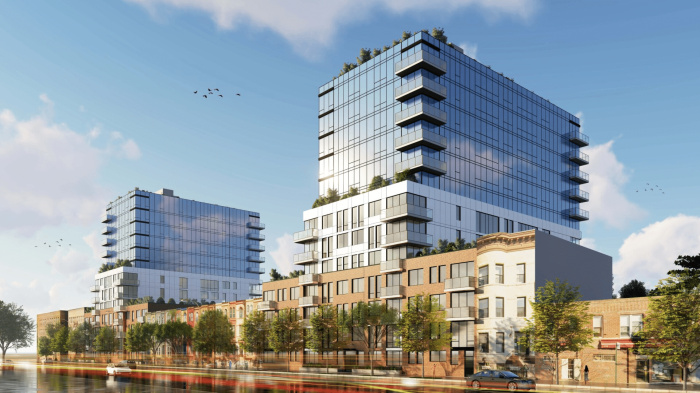
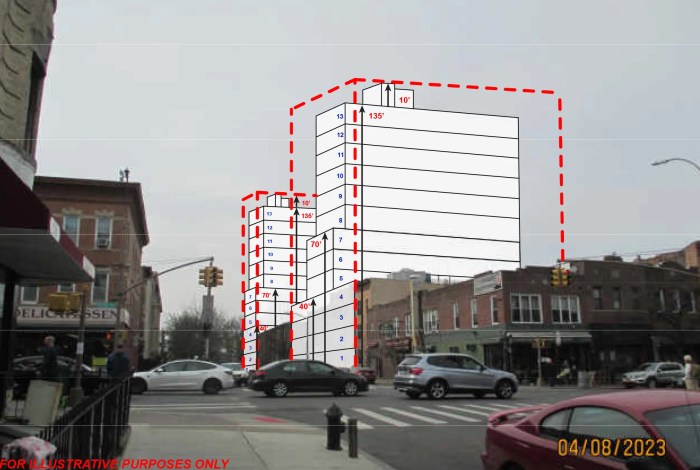
The proposal put forward by Arrow Linen has two at least 13-story buildings rising on the site of the longtime commercial laundry. The buildings include at least 244 apartments and of those apartments, a rep from developer Apex Development has told the community, at least 61 (25%) would be affordable to households earning an average of 60% of Area Median Income. The developer said the buildings will include a mix of studio, one-, two-, and three-bedroom apartments.
Hanif questioned the development team that was at the hearing, which included developer Andrew Esposito, a lawyer, and the project’s architect, asking if they had considered building a 100% affordable development at the site and whether they were looking into ways to increase the number of planned affordable units, which right now is 61 of 244.
“It’s imperative that we recognize that we need units that are 40%, 30%, 20%, and 10% of AMI, particularly in the political climate we’re entering and the already existing affordability crisis.”
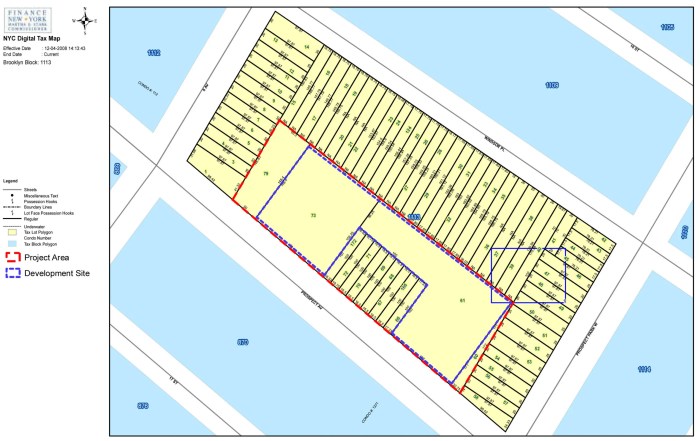
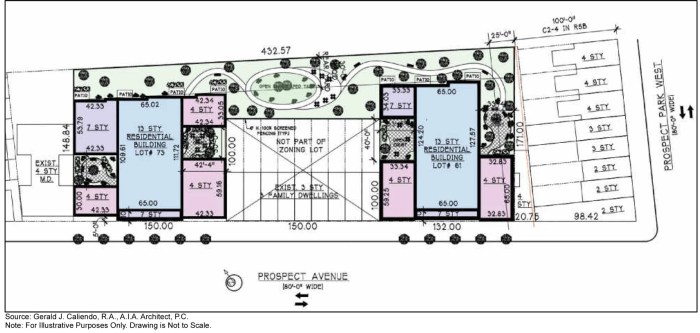
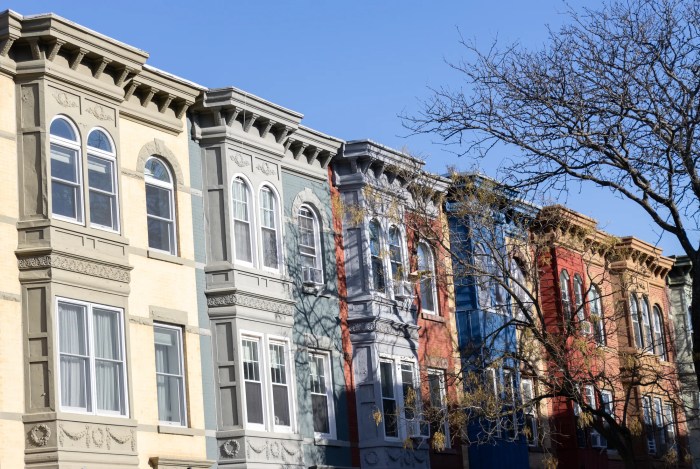
Arrow Linen’s lawyer said the team had looked into a fully affordable, government-subsidized development, but the development pipeline would take too long, adding, “This neighborhood and this kind of site is exactly why the MIH program was created. It’s an area where market-rate housing can cross-subsidize permanently affordable housing that is privately financed, does not use city resources, and does allow for the production of those affordable units far more quickly than if they were 100%publicly financed.”
She said the team was exploring increasing the number of affordable units included in the project, and would look into including deeper affordability, and would present its findings to Hanif.
Throughout the hours of public testimony, speakers from across the board passionately discussed the need for affordable housing in the neighborhood and housing to be built on the site but disagreed about the best way to do that.
Many of those against the proposal said they saw it as a money grab by Arrow Linen that would displace locals, raise rents, and be out of context with the area. Numerous people also raised issues with Arrow Linen’s lack of community engagement and decision to hire lobbyists to deal with local politicians and other stakeholders.
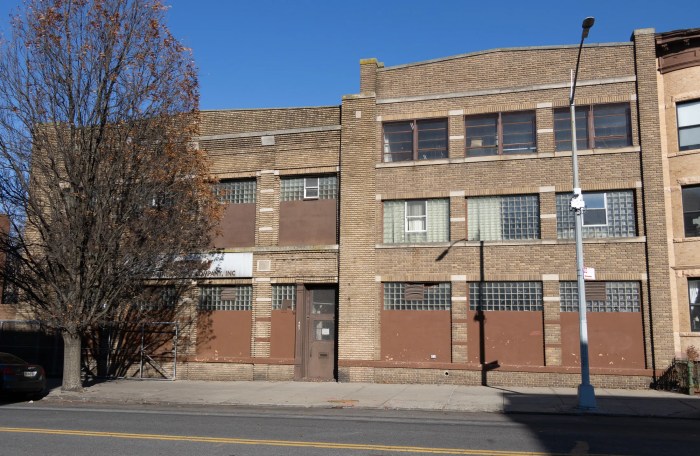
Ford Harris said that compared to other projects presented to the council, Arrow Linen’s “dearth of involvement” had been demoralizing. “And here’s the thing, we all want the same thing,” he said.
“This is a win-win at the end of the day, the housing crisis in New York City is going to be met with community engagement and compromise. That’s all we’re asking for. To my neighbors who are for this development, we want the same thing. We want affordable housing units built,” he said.
He called on Hanif to “push back against this profitability model that the developers are coming with” and listen to the community, saying the project shouldn’t be a windfall for Arrow Linen and “the scope of this project lies somewhere in a realm that works within the fabric of the community. At the end of the day, we all want the same thing, and compromise is the way forward.”
Emily Gilchrist, a 15-year South Slope resident, said she opposed the rezoning and new development because she said it would not create affordable housing for the neighborhood and it could have detrimental environmental impacts.
“It seems many people here are under the impression that there’s a housing crisis because there’s a lack of housing. There’s a housing crisis because of the unregulated and out-of-control development of luxury housing,” she said. “It’s very disappointing to see an elected official not listening to the voices of those who elected her and honoring what the residents actually want and the reality that the residents are actually living here.”
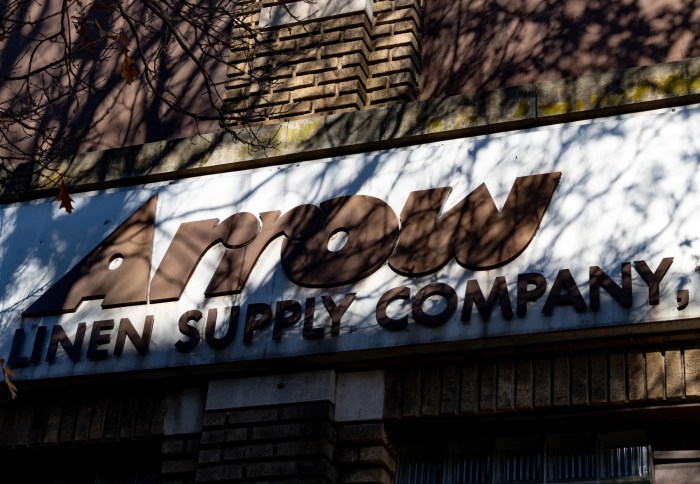
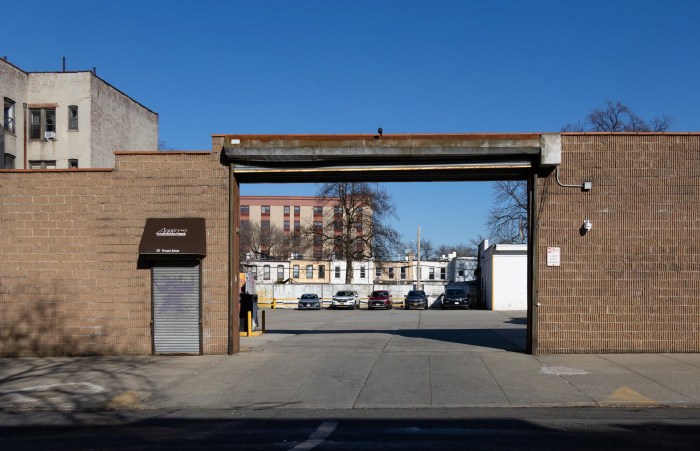
But on the other side of the coin, supporters of the rezoning saw the proposed development as a necessary means to combat the city’s housing affordability crisis.
Jeffrey Thomas said he supported the rezoning because he wanted to make sure some affordable housing got built at the site, and that it didn’t end up under or undeveloped. The developer could probably commit to more affordable housing, he added.
“I’m not here to defend the applicant making a profit. I’m here to defend them being able to build it at all. It will be an absolute shame if at the end of this long process, it turns out we asked for something unrealistic, and we get an empty lot with overgrown weeds,” he said.
Meanwhile, Rachel Fee, who heads New York Housing Conference but was speaking in a personal capacity as a Windsor Terrace resident, said she, like everyone both for and against the proposal, cared deeply about the neighborhood, and she supported the rezoning to make it more accessible and affordable.
“The main opposition seems to be directed at height, but height is what will give us more affordable housing through MIH,” Fee said. “This is not like the building proposed to cast shadows over the treasured Brooklyn Botanic Gardens, which I oppose.”
She said the “unattractive” Arrow Linen building and its parking lot can accommodate a taller building than its surroundings and that no one would be displaced in the process. She added that around Prospect Park, there were tall buildings adjacent to four-story buildings that had been part of the landscape for decades and weren’t eyesores.
“I understand the desire to keep the neighborhood as it is because it’s charming, but this is a chance to add significant housing that is desperately needed by our neighbors and our city,” she said.
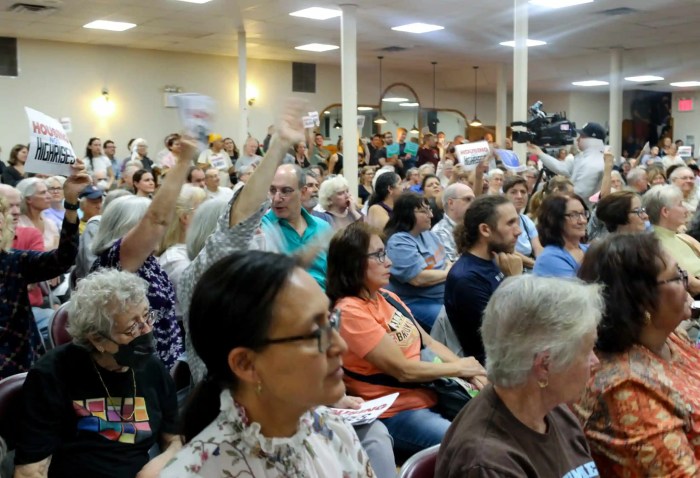
The lawyer for the development team said in response to a question that if the rezoning is not approved, the team would likely build market-rate as-of-right buildings. The lawyer said the team would not be taking advantage of recently passed City of Yes provisions if the rezoning goes ahead as planned, and the buildings would reach a maximum of 13 stories.
Hanif told Brownstoner after the hearing that the rezoning was a “critical step in addressing our city’s urgent affordability crisis” and said zoning policies in place for more than a decade has stifled development in Windsor Terrace.
“I’ve listened to the community’s concerns about the proposed 13-story height and have pushed the developer to address these issues while increasing the number of affordable units. As negotiations progress, my focus is to ensure affordability goes beyond the proposed legal minimum required by the Mandatory Inclusionary Housing (MIH) program. I’m committed to codifying all commitments in a Community Benefits Agreement with the support of the developer and the Fifth Avenue Committee, a trusted local non-profit and signatory to the agreement. With the right modifications, this project can add to the fabric of our neighborhood and deliver the urgently needed, permanently affordable housing.”
The rezoning will be voted on by the subcommittee in coming weeks before it goes to the full City Council for a vote and finally lands on the mayor’s desk.
This story first appeared on Brooklyn Paper’s sister site Brownstoner
World News – 2024 – Video Playlist | Video Playlists | Sites: | newsandtimes.org | links-newsandtimes.com | worldwebtimes.com | southcaucasusnews.com | russianworld.net | jossica.com | octobersurprise2016.org | bklyntimes.com | oceanavenuenews.com | fbireform.com | bloggersunite.net | octobersurprise-2024.org | Trump-News.org | Audio-Posts.com | Bklyn-NY.com | Posts Review – newsandtimes.org

